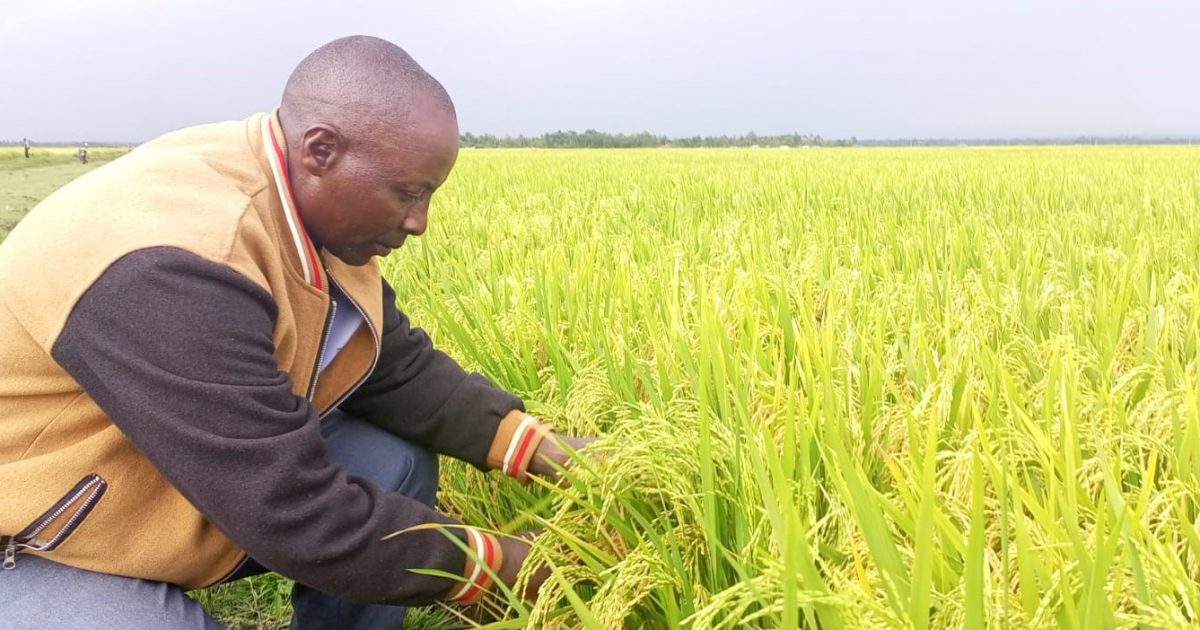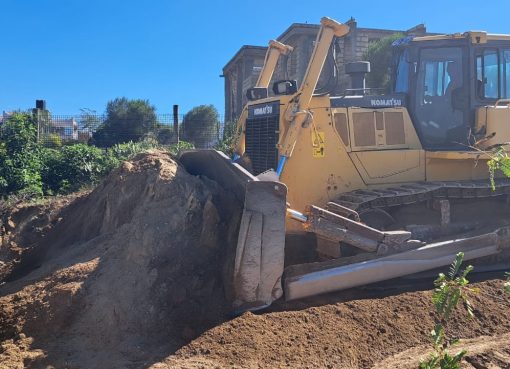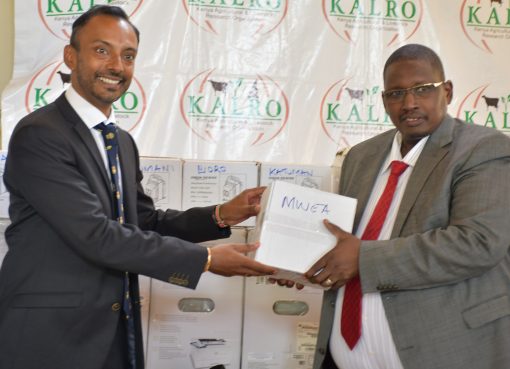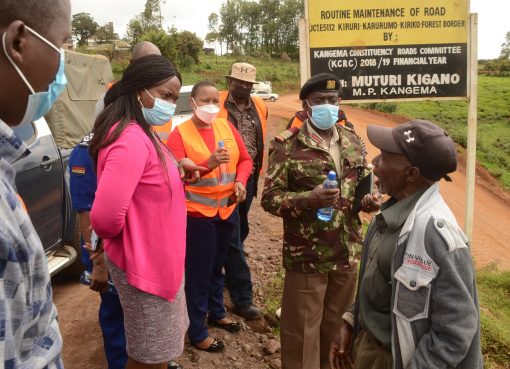Rice is one of the key strategic crops for food security and a source of income for value chain actors but despite increases in production, local supply has however not met the growing demand in the country.
Kenya, Uganda and Madagascar have been involved in a partnership project to enhance the performance of local rice value chain based on innovative institutional approaches and knowledge products.
The three year project that has been running under ‘Strengthening the rice sector in East Africa for improved productivity and competitiveness of domestic rice’ (EARiSS), has helped rice farmers bridge the widening deficit in production to meet consumption demands.
One of the Implementing partners in the project the Kenya Agricultural Livestock Research Origination (KALRO) has been promoting appropriate seed production and delivery mechanisms and has introduced new rice varieties to enhanced productivity.
Speaking during a farmers exchange workshop in Kenya that brought officials from the three countries undertaking EARiSS project, Emily Gichuhi, a Rice Breeder working for KALRO said they have created a seed unit and system whose mandate is to produce clean seeds for multiplication under the KEPHIS inspection
“ We grow our seeds locally and do not import but despite the increase in the rice production, unfortunately for the country has not been able to meet the demand for consumption which currently stands at around 720 metric tonnes”, she said .

She explained that in order to meet the demand various organizations such as the Kenya Seed, National Biosafety Authority (NBA) have been mandated to multiply the upland high variety which deals with the Basmati Pishori Rice and BW rice varieties while KALRO has a mandate to maintain the seed for Nerica and also a new variety Komboka which has been taken up by most farmers in the Country as they are high yielding.
“The new Komboka rice seed we are promoting has been seen to produce 7tonnes of rice per hectare compared to the Basmati- Pishori rice which produces between 4 and 5 tonnes per hectare and thus rapid uptake by farmers” Gichuhi said
Currently, she added that they have licensed other seed merchants to assist in producing seed for Komboka which is distributed throughout the country while they have also been promoting it through dissemination activities such as field days in the rice growing areas of central, coastal and western regions.
“Through EARiSS, we have been disseminating technologies in rice to out growers and we have about 3000 hectares of upland rice production where we sell Nerica seeds and through irrigation we have 4000 acres in Central region, about 2000 in Bura and Hola irrigation schemes and slightly above 800 hectares in Taita Taveta where we sell the komboka seeds as well as share other varieties such as basmati and BW” she added
The uptake of Komboka rice has now reached 50 percent across the region in terms of seeds while the other 50 percent is for the other varieties basmati, BW and this Gichuhi said is because they have contracted farmers to help in distribution and production of the certified seeds.

She said the biggest challenge they have been having is farmers replanting the same grain from the previous season which according to her is not healthy and can be prone to pest and diseases
“Accessibility of quality seeds has been a big problem since rice is a self-pollinating crop and sometimes farmers tend to keep their own grain and use it for the next season which is not a good practice because of transmission of disease. We have been discouraging farmers not to reuse the grain and asking them to buy new seeds per season “ she said
Gichuhi explained that as a research institution they have observed a shift in preferred rice variety for planting from the ordinary Basmati 370 to the new Komboka variety which farmers prefer as it gives twice the yield , its semi aromatic and the cost of production is low while in terms of pests and diseases it is moderately resistant.
“30 percent of rice farmers are now growing the new komboka rice and are growing the Bw variety just for home consumption”, she said adding that through the EARiSS project implementation, they have been able to reach over 500 households through their field days training.
Negussie Zenna from Africa Rice, Madgascar said the exchange visit in Kenya was to gain experience and learn in terms of seed production and also commercialization of seeds.
“What we are lacking in some countries is seeds, the demand is high . Producers produce quality seeds but do not know where the market is and it is necessary for both producer and utilizer to meet at the right platform “, he said
He noted that through the EARiSS project, they have been keen to promote use of quality seeds produced locally through demonstration of farmers field day and exhibitions working with national seeds systems such as KALRO.
The biggest challenge in the rice production, Zenna said has been marketing of the seeds as there are many traders in the region and through the partnership they want to make it profitable and marketable.
Zenna said overall there is no one solution but multi approaches that will be able to address the deficit in Africa and it can only be done through transformation, modernization of rice breeding and rice production
“ We want to expand , see what other countries can offer in terms of supply as the demand for rice is growing exponentially not only in term of quantity but quality . It needs to go through all levels from farmers, seed producers, marketers, millers and traders until to the table of consumers”, Zenna said
Michael Mwangi, agronomist from Mwea Rice Growers Multipurpose (MRGM) cooperative society, said production or rice seeds is key especially for the new varieties that have been introduced since the farmers have realized the new varieties are bringing in more yields .
“Farmers are satisfied with the new variety such as Komboka considering in comparison to other old varieties its yield are quite high. . For example the production of one kg of basmati variety costs a farmer Ksh 60 compared to the Komboka variety which a farmer is using only Kshs 40 to produce ”, he said
Mwangi explained that the society has contracted 5 farmers who have around 4 to 5 acres each across the country to produce seeds in bulk.
“We have at least 3500 active farmers out of the registered 7500 , what we have done is selected a few farmers to produce the seeds for the rest of the members”, he noted adding that the society is involved in the entire value chain production , processing and marketing .
Patrick Githinji, a farmer who produces rice seeds said the biggest challenge they have been having was farmers re planting their seed and not embracing the Komboka rice variety t
“I am now producing the seeds for the Komboka rice variety as it does not have a problem with the pests but also because farmers have started embracing it for its high yields”.
The current demand for rice per individual per annum stands at 20. 6 Kilogrammes. In 2020 the country produced 180,000 metric tonnes of rice but KALRO projects that it will increase by 10 percent to 520,000 MT by 2030.
By Wangari Ndirangu





